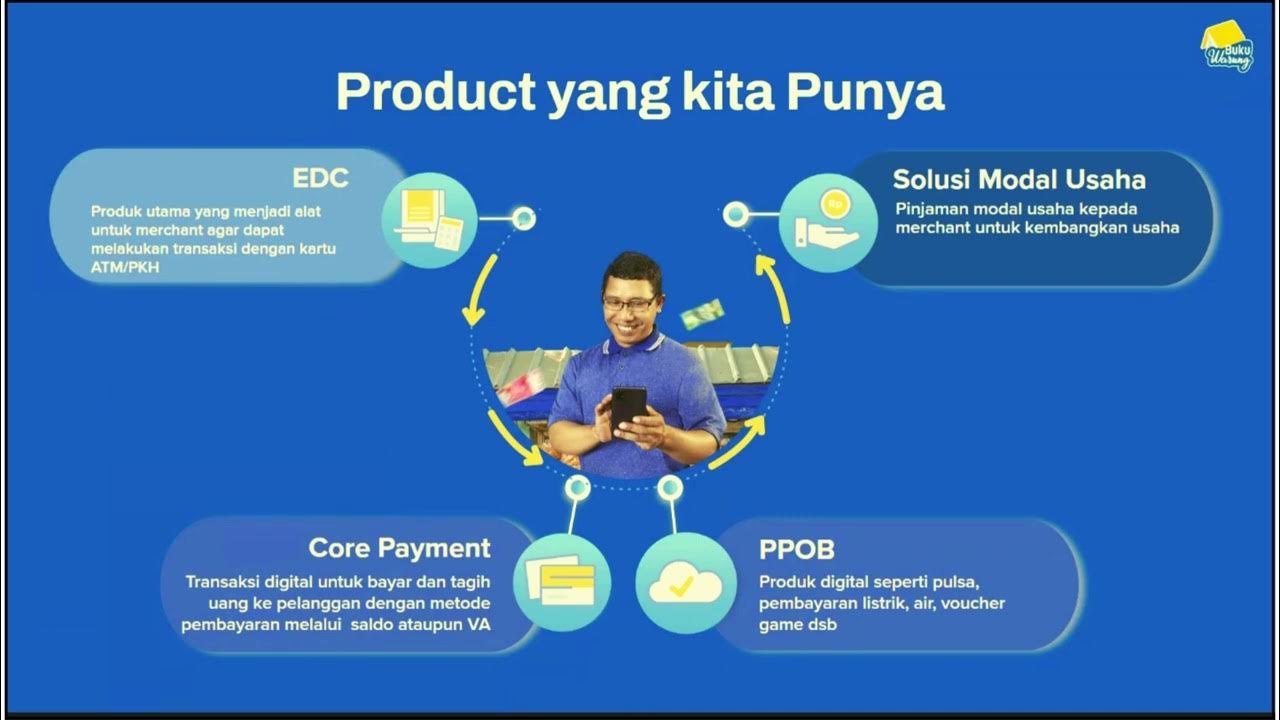Deriving The Baumol Model of Cash Management | Corporate Finance
Summary
TLDRThe Baumol Model explains cash management by balancing transaction and opportunity costs. It helps determine the optimal cash balance a firm should hold to minimize costs. Transaction costs decrease with larger withdrawals, while opportunity costs rise as more cash is kept in a low-interest current account. The model calculates the optimum cash balance using a formula based on the total funds, transaction costs, and interest rates. By finding the point where these two costs intersect, firms can efficiently manage their cash flow and minimize additional expenses.
Takeaways
- 😀 The Baumal model is a cash management model used to determine the optimal cash balance a firm should hold.
- 😀 There are two main costs involved in cash management: transaction costs and opportunity costs.
- 😀 Transaction costs refer to the costs of selling marketable securities, such as brokerage fees.
- 😀 Opportunity costs are the lost interest from not keeping money in marketable securities, assuming a zero percent interest rate in the current account.
- 😀 Transaction costs decrease as the cash balance increases, since fewer transactions are needed to access larger amounts of cash.
- 😀 Opportunity costs increase as the cash balance decreases because less money is invested in marketable securities, which could earn interest.
- 😀 The optimal cash balance (OCB) is where the transaction cost curve intersects the opportunity cost curve.
- 😀 The optimal cash balance can be calculated using the formula: OCB = √(2 × Total amount × Transaction cost / Opportunity cost).
- 😀 The transaction cost formula involves the total amount of money, the optimum cash balance, and the transaction cost (denoted as 'f').
- 😀 The opportunity cost formula involves the cash flow, the interest rate, and the average cash balance over time, simplified as c × r / 2.
- 😀 By equating the transaction and opportunity costs, the optimal cash balance can be calculated using simple algebraic manipulation.
Q & A
What is the primary focus of the Baumol Model in cash management?
-The primary focus of the Baumol Model is to determine the optimum cash balance a firm should hold, taking into account the costs of transactions and opportunity costs.
How does the Baumol Model help in determining the best way to allocate cash?
-The model helps firms decide whether to give cash immediately or keep it in marketable securities by weighing the transaction costs and opportunity costs.
What are the two types of costs considered in the Baumol Model?
-The two types of costs considered in the Baumol Model are transaction costs (cost of selling marketable securities) and opportunity costs (interest lost from not having money in marketable securities).
How do transaction costs behave in relation to the cash balance?
-Transaction costs decrease as the cash balance increases. This is because larger cash balances reduce the number of transactions needed, lowering the total transaction cost.
What is the relationship between opportunity cost and cash balance?
-As the cash balance increases, the opportunity cost also increases because more money is held in a non-interest-bearing current account instead of earning interest in marketable securities.
What does the point of intersection of the two curves (transaction cost and opportunity cost) represent?
-The point of intersection represents the optimal cash balance (OCB), which is the ideal amount of cash to hold in order to balance transaction and opportunity costs.
How is the optimum cash balance (OCB) calculated in the Baumol Model?
-The optimum cash balance (OCB) is calculated using the formula: C = √(2 × T × F / R), where T is the total amount of cash needed, F is the transaction cost per unit, and R is the opportunity cost (interest rate).
What does the formula C = √(2 × T × F / R) represent in the Baumol Model?
-This formula calculates the optimum cash balance (C) by balancing the total transaction cost (T × F) and the opportunity cost (R), providing the amount of cash that minimizes both costs.
Why is opportunity cost considered more complicated than transaction cost in the Baumol Model?
-Opportunity cost is more complicated because it involves understanding the interest lost when money is kept in a non-interest-bearing account, requiring the calculation of the average cash balance over time and its impact on potential earnings.
What is the role of the average cash balance in calculating opportunity cost?
-The average cash balance plays a critical role in calculating opportunity cost, as it represents the cash held in the current account, which earns zero interest, and is calculated as cash flow divided by two, then multiplied by the interest rate.
Outlines

此内容仅限付费用户访问。 请升级后访问。
立即升级Mindmap

此内容仅限付费用户访问。 请升级后访问。
立即升级Keywords

此内容仅限付费用户访问。 请升级后访问。
立即升级Highlights

此内容仅限付费用户访问。 请升级后访问。
立即升级Transcripts

此内容仅限付费用户访问。 请升级后访问。
立即升级5.0 / 5 (0 votes)






